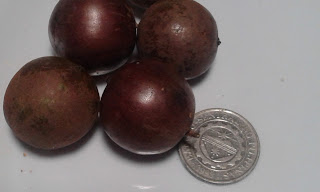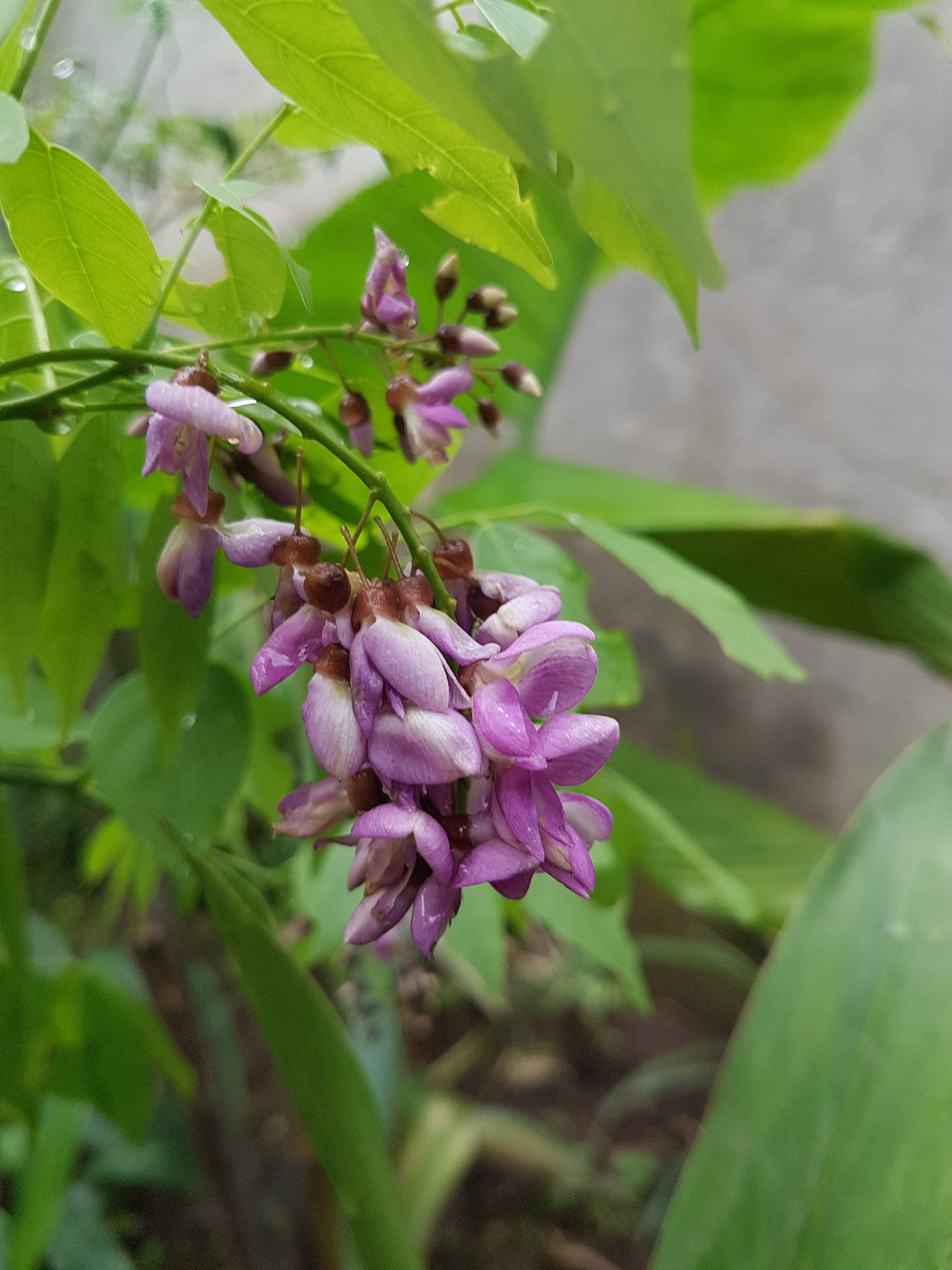Ananda Temple in Bagan
This is where I burned my soles to numbness, literally. We went out to adore the beauty of this huge temple with wide cemented area around it at round 3 pm (Philippine Time and 4:30 Myanmar Time). Since we have to walk a short distance barefoot, we have no choice but to hop, jump, brisk walk on the pavement. Our tour guide promoted this temple as the "prettiest temple" in Bagan aside from telling us that Ananda is the wisest disciple of Buddha.
***
History of this perfectly dimensioned temple structure built in 1105 is credited to King Kyanzittha. It denotes "the stylistic end of the Early Bagan period and the beginning of the Middle period". The timing of building this temple is considered as a culmination of religious education that began during the Pahothanya temple building activity in 1080 AD. The Theravada Buddhism adopted by the King motivated him to present the teachings of Buddha to his people in an accurate and a genuine way through the medium of this temple, to unite Burma under one flag and thus "creating mass religious enthusiasm". It has been inferred that the King, as the upholder of the Law wanted to convey his firm belief in the Buddhist doctrine according to his interpretation: (He) shall purify (and) make straight, write down (and) establish all the holy scriptures. (He) shall proclaim (and) voice the Law, which is even as a resounding drum. (He) shall arouse all the people that are slumbering carelessly. (He) shall stand steadfast in the observance of the commandments at all times. (Wikipedia)
***
Image of Ananda.
***
Standing Buddha – Gotama – West facing
The four standing Buddhas (pictured) are adorned with gold leaf and each Buddha image faces a direction, from north to south, stated to represent attainment of a state of nirvana; each is given a specific name, Kassapa (in Pāli, it is the name of a Buddha, the third of the five Buddhas’ of the present kalpa (the Bhaddakappa or 'Fortunate Aeon'), and the sixth of the six Buddhas prior to the historical Buddha) – south facing, Kakusandha (in (Pāli) is the name of the twenty-fifth Buddha, the first of the five Buddhas of the present kalpa, and the fourth of the seven ancient Buddhas) – north facing, Konagamana (the name of the twenty-sixth Buddha, the second of the five Buddhas of the present era, and the fifth of the seven ancient Buddhas) – east facing, and Gotama facing west. Out of the four images, the images facing north and south are said to be original, of the Bagan-style depicting the dhammachakka mudra, a hand position symbolizing the Buddha's first sermon, while the other two images are new replacements, after the originals were destroyed by fires. All the four images are made of solid teak wood (some say that the southern image is made of a bronze alloy). The four Buddhas placed in the sanctum, called the "Buddhas of the modern age", give an indication of Buddha's "sense of the omnipresence through space and time". (Wikipedia)
Standing Buddha – Kassapa – South facing
Standing Buddha – Konagamana – East facing
The east and west facing Buddha images are made in the later Konbaung or Mandalay style. The east-facing image of Buddha (known as 'Kongamana') is shown holding, between the thumb and middle finger, a small nutlike sphere – a herb. This herb is said to symbolically represent the Buddha suggesting dhamma (Buddhist philosophy) as a cure for misery and distress. In this mudra, both arms hang at the sides with palms stretching out. This mudra is not seen in traditional Buddhist sculpture outside this temple. (Wikipedia)
Standing Buddha – Kakusandha – North facing
In the west-facing Buddha, titled Gotama, the abhaya mudra is displayed – with hands outstretched in the gesture of fearlessness. At the feet of this Buddha two life-size statues made in lacquer, representing the crowned figure of King Kyanzittha kneeling piously in prayer, and Shin Arahan, the Mon monk who converted the King into Theravada Buddhism (meaning "the Teaching of the Elders") and as a primate also crowned the king, are also displayed. The western portico also depicts two Buddha footprint symbols on pedestals. An inscription below the small image of the King states that the King perceived himself as a "bodhisattva, a cakkavattin and incarnation of Lord Vishnu". (Wikipedia)
***
***
***
***
***
***
***
***
The Ananda temple from afar.



Comments
Post a Comment